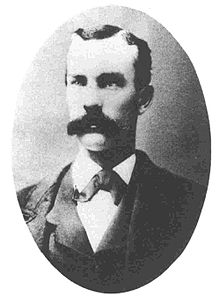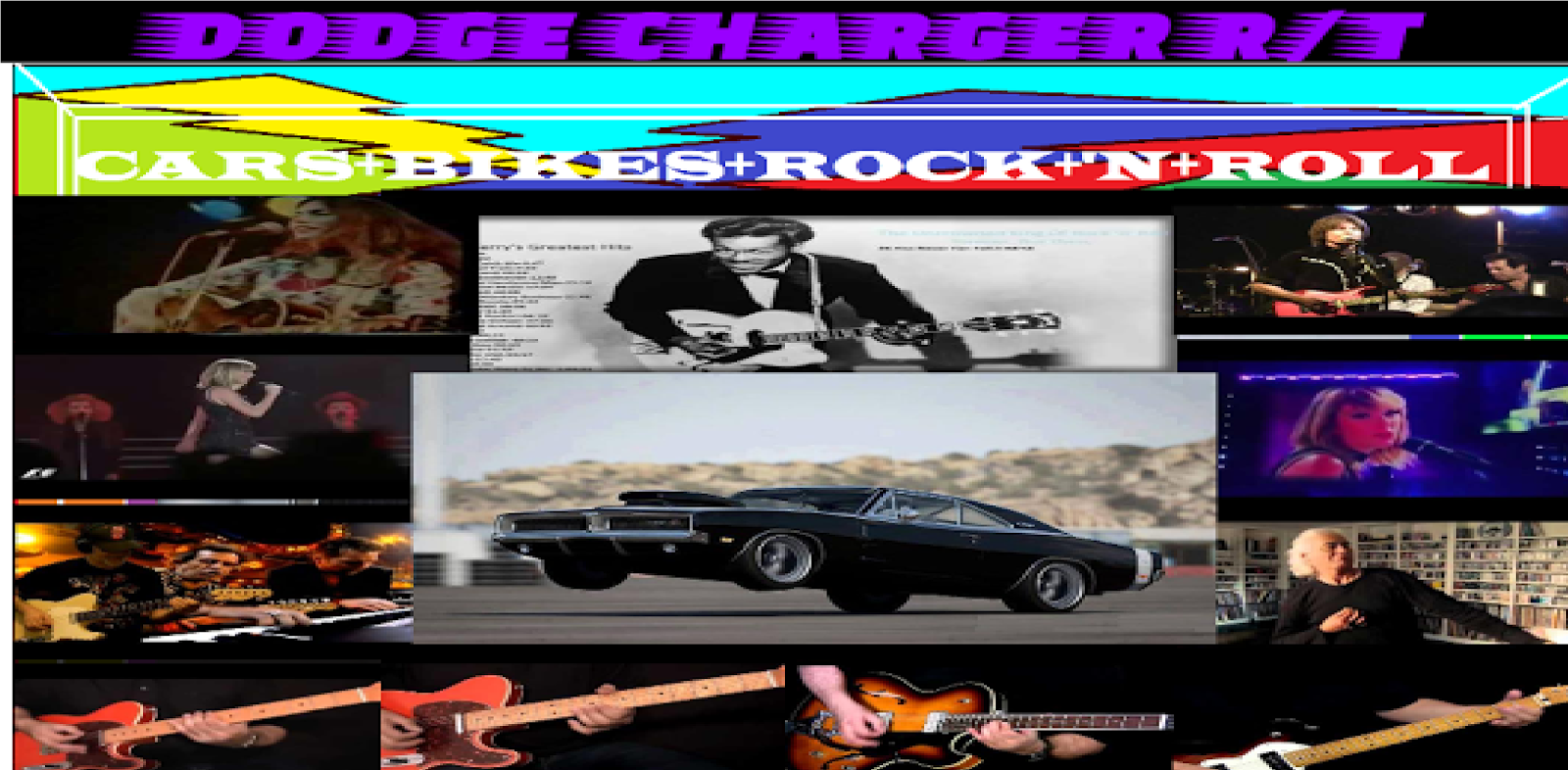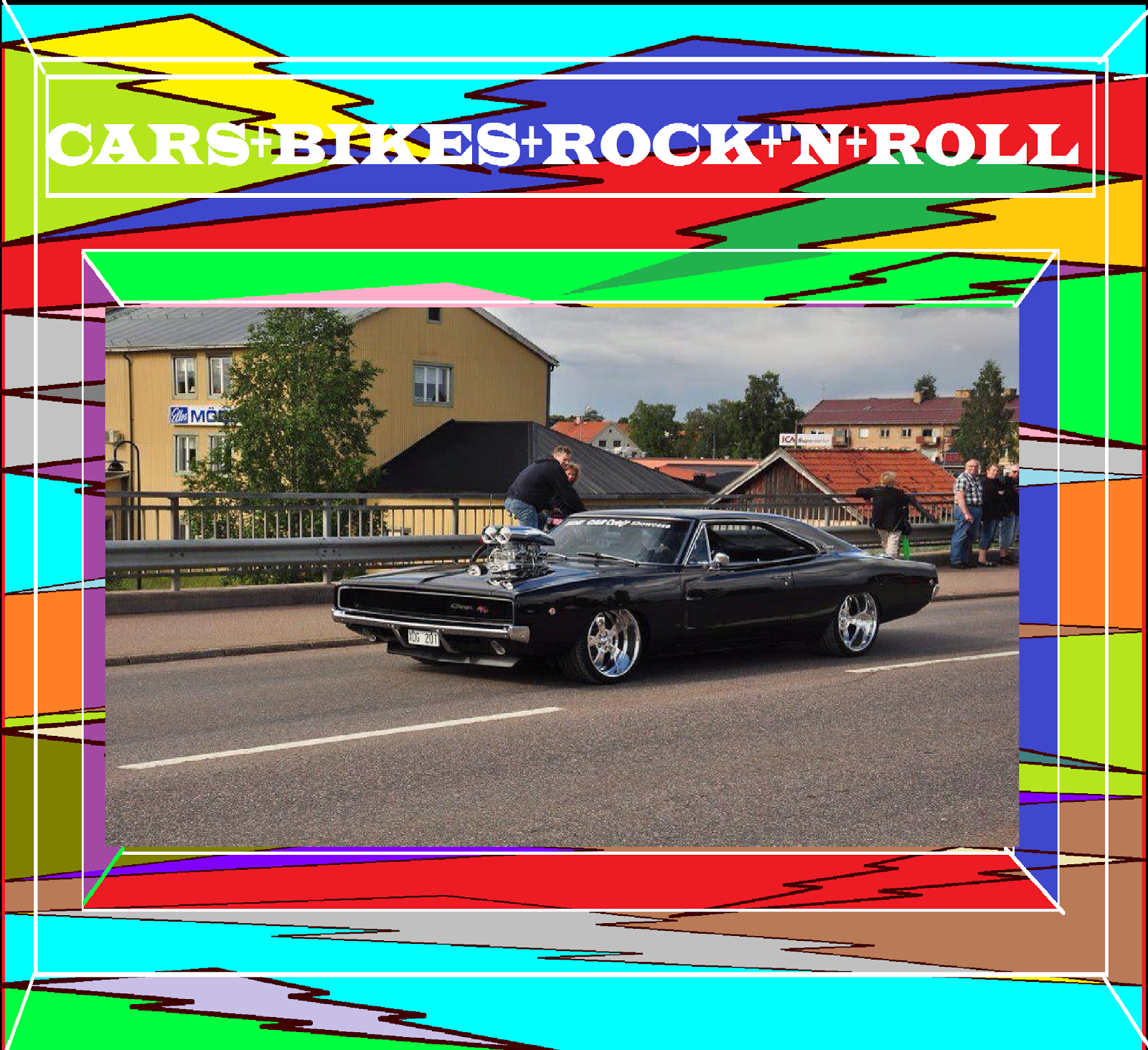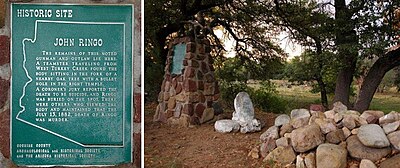Sunday, September 30, 2018
The Gunfighter - Gregory Peck 1950 (JOHNNY RINGO, THE FASTEST GUNSLINGER)
Johnny Ringo
From Wikipedia, the free encyclopedia
For other uses, see Johnny Ringo (disambiguation).
| Johnny Ringo | |
|---|---|

Ringo c.1880
| |
| Born | May 3, 1850 Greensfork, Indiana |
| Died | July 13, 1882 (aged 32) Chiricahua range, Cochise County, Arizona |
| Cause of death | Gunshot wound to the head |
| Body discovered | Turkey Creek Canyon, Arizona Territory |
| Resting place | West Turkey Creek Valley, Arizona 31°51′54.4″N109°25′07.2″W 31°51′54.4″N109°25′07.2″W |
| Other names | Johnny Ringo, Johnny Ringgold |
| Occupation | Outlaw |
| Years active | 1875–1882 |
John Peters Ringo (May 3, 1850 – July 13, 1882)—known as Johnny Ringo—was an American Old West outlaw loosely associated with the Cochise County Cowboys in frontier Tombstone, Cochise County, Arizona Territory, United States. He took part in the Mason County War during which he committed his first murder. He was arrested and charged with murder, but escaped from jail. He was affiliated with Cochise County Sheriff Johnny Behan, Ike Clanton, and Frank Stilwell during 1881–1882. He got into a confrontation in Tombstone with Doc Holliday and was suspected by Wyatt Earp of having taken part in the attempted murder of Virgil Earp and the ambush and death of Morgan Earp. Ringo was found dead with a bullet wound to his temple. Modern writers have advanced various theories attributing his death to Wyatt Earp, Doc Holliday, Frank Leslie, and Michael O'Rourke.
Contents
Early life[edit]
Johnny Ringo was born in Greens Fork, Indiana, of distant Dutch ancestry.[1] His family moved to Liberty, Missouri in 1856. He was a loosely related cousin to the Younger brothers through his aunt Augusta Peters Inskip, who married Coleman P. Younger, uncle of the outlaws.[2]
In 1858, his family moved to Gallatin, Missouri where they rented property from the father of John W. Sheets (who became the first "official" victim of the James-Younger gang when they robbed the Daviess County Savings & Loan Association in 1869).[2]
On July 30, 1864, when Johnny was 14, his family was in Wyoming en route to California. His father Martin Ringo was killed when he stepped off their wagon holding a shotgun which accidentally discharged. The buckshot entered the right side of Martin's face and exited the top of his head. The family buried Martin on a hillside alongside the trail.[3]
Mason County War[edit]
Main article: Mason County War
By the mid-1870s, Ringo had migrated from San Jose, California, to Mason County, Texas. Here he befriended an ex-Texas Ranger named Scott Cooley, who was the adopted son of a local rancher named Tim Williamson.
Trouble started when two American rustlers, Elijah and Pete Backus, were dragged from the Mason jail and lynched by a predominantly German mob. Full-blown war began on May 13, 1875, when Tim Williamson was arrested by a hostile posse and murdered by a German farmer named Peter “bad man” Bader. Cooley and his friends, including Johnny Ringo, conducted a terror campaign against their rivals. Officials called it the "Mason County War"; locally it was called the "Hoodoo War".[4] Cooley retaliated by killing the local German ex-deputy sheriff, John Worley, shooting him, scalping him, and tossing his body down a well on August 10, 1875.
Cooley already had a reputation as a dangerous man, and was respected as a Texas Ranger. He killed several others during the "war". After Cooley supporter Moses Baird was killed, Ringo committed his first murder on September 25, 1875, when he and a friend named Bill Williams rode up in front of the house of James Cheyney, the man who led Baird into the ambush. Cheyney came out unarmed, invited them in, and began washing his face on the porch, when both Ringo and Williams shot and killed him. The two then rode to the house of Dave Doole and called him outside, but he came out with a gun so they fled back into town.
Some time later, Scott Cooley and Johnny Ringo mistook Charley Bader for his brother Pete and killed him. After that, both men were jailed in Burnet, Texas by Sheriff A. J. Strickland. Both Ringo and Cooley were broken out of jail by their friends shortly thereafter, and parted company to evade the law.
By November 1876, the Mason County War had petered out after about a dozen individuals had been killed. Scott Cooley was thought to be dead, and Johnny Ringo and his pal George Gladden were locked up once again. One of Ringo's alleged cellmates was the notorious killer John Wesley Hardin.[5] While Gladden was sentenced to 99 years, Ringo appears to have been acquitted. Two years later, Ringo was a constable in Loyal Valley, Texas. Soon after this, he traveled to Arizona for the first time.
Life in Tombstone[edit]
Ringo first appeared in Cochise County, Arizona Territory in 1879 with Joseph Graves Olney (alias "Joe Hill"), a friend from the Mason County War. In December 1879, a drunk Ringo shot unarmed Louis Hancock in a Safford, Arizona saloon when Hancock refused a complimentary drink of whiskey, stating that he preferred beer. Hancock survived his wound. In Tombstone, Arizona, Ringo had a reputation as having a bad temper. He may have participated in robberies and killings with the Cochise County Cowboys, a loosely associated group of outlaws. He was occasionally erroneously referred to as "Ringgold" by local newspapers.[6]:238
Confrontation with Doc Holliday[edit]
Joins posse pursuing Earps[edit]
Deputy U.S. Marshal Wyatt Earp and his posse killed Frank Stilwell in Tucson on March 20, 1882. After the shooting, the Earps and a federal posse set out on a vendetta to find and kill the others they held responsible for ambushing Virgil and Morgan. Cochise County Sheriff Johnny Behan received warrants from a Tucson judge for arrest of the Earps and Holliday and deputized Ringo and 19 other men, many of them friends of Stilwell and the Cochise County Cowboys. The county posse pursued but never found the Earps' posse.[9][10]
During the Earp Vendetta Ride, Wyatt Earp killed one of Ringo's closest friends, "Curly Bill" Brocius, in a gunfight at Iron Springs (later Mescal Springs) about 20 miles (32 km) from Tombstone. Earp told his biographer, Stuart Lake, that Cruz confessed to being the lookout at Morgan's murder, and identified Ringo, Stilwell, Swilling, and Brocius as Morgan's killers,[11] though modern researchers have cast doubt on Earp's account.[9]
Death[edit]
On July 14, 1882, Ringo's body was found lying against the trunk of a large tree in West Turkey Creek Valley, near Chiricahua Peak in Arizona Territory. A neighboring property owner heard a single gunshot on the afternoon of July 13 and discovered Ringo's body the following day. His feet were wrapped in strips of cloth torn from his undershirt, probably because his horse had gotten loose from its picket and bolted with his boots tied to the saddle—a method commonly used at that time to keep scorpions out of them. There was a bullet hole in his right temple and an exit wound at the back of his head. His revolver had one round expended and was found hanging by one finger in his hand. His horse was found two miles away with his boots still tied to the saddle. A coroner's inquest officially ruled his death a suicide.[12]
Ringo's body is buried near the base of the tree where it was discovered. The grave is located on private land and permission is needed to visit the site.[12] Despite the coroner's ruling, and contemporaneous newspaper reports that "[Ringo had] frequently threatened to commit suicide, and that the event was expected at any time",[13] alternative theories about Ringo's cause of death, of varying plausibility, have been proposed over the years by researchers and amateur enthusiasts.
Wyatt Earp theory[edit]
According to the book I Married Wyatt Earp, which author and collector Glen Boyer claimed to have assembled from manuscripts written by Earp's third wife, Josephine Marcus Earp, Earp and Doc Holliday returned to Arizona with some friends in early July and found Ringo camped in West Turkey Creek Valley. As Ringo attempted to flee up the canyon, Earp shot him with a rifle.[14]Boyer refused to produce his source manuscripts, and reporters wrote that his explanations were conflicting and not credible. New York Times contributor Allen Barra wrote that I Married Wyatt Earp "...is now recognized by Earp researchers as a hoax."[15]:154[14] However, Tombstone historian Ben T. Traywick considers the Earp theory the most credible, as only Earp had sufficient motive, he was probably in the area at the time, and near the end of his life, reportedly told one historian "in circumstantial detail how he killed John Ringo".[16]
In an interview with a reporter in Denver in 1896, Earp denied that he had killed Johnny Ringo.[17] He then flipped his story, claiming he had killed Ringo. In 1888, he was interviewed by an agent of California historian Hubert H. Bancroft,[17] and then Frank Lockwood, who wrote Pioneer Days in Arizona in 1932'[18] He told them that he killed Johnny Ringo as he left Arizona in 1882. However, Earp included details that do not match what is known about Ringo's death. Earp repeated that claim to at least three other people.
Doc Holliday theory[edit]
The Holliday theory is similar to the Earp theory, except that Holliday is alleged to have killed Ringo.[19] A variant, popularized in the movie Tombstone, holds that Holliday stepped in for Earp in response to a gunfight challenge from Ringo, and shot him.[14] Records of the Pueblo County, Colorado District Court (located in Pueblo, Colorado) indicate that Holliday and his attorney appeared in court on July 11, 14, and 18, 1882 to answer charges of "larceny". However, a writ of capias was issued for him on the 11th, suggesting that he did not in fact appear in court on that date. Ringo's body was found on the 14th. Six days before Ringo's death, the Pueblo Daily Chieftain reported that Holliday was in Salida, Colorado, about 670 miles (1,080 km) from Turkey Creek, Arizona; and then in Leadville, about 700 miles (1,100 km) distant, on July 18.[20] There was still an arrest warrant outstanding on Holliday in Arizona for his part in Frank Stilwell's murder, making it unlikely that he would have entered Arizona at that time.[19]:295–5
Michael O'Rourke theory[edit]
Some accounts attribute Ringo's death to Michael O'Rourke, an itinerant gambler who was arrested in Tucson in January 1881 on suspicion of murdering a mining engineer named Henry Schneider. Wyatt Earp is said to have protected him from being lynched by a mob organized and led by Ringo. O'Rourke escaped from jail in April 1881 and never stood trial on the murder charges.[21]
The last documented sighting of O'Rourke was in the Dragoon Mountains near Tombstone during May 1881, "well-mounted and equipped", and presumably on his way out of the territory.[22]From then on he is referenced only in unsubstantiated rumors and legends; according to one, a combination of the debt he owed Earp and the grudge he held against Ringo prompted him to return to Arizona in 1882, track Ringo down, and kill him. While some sources consider the story plausible,[23] others point out that O'Rourke, like Holliday, would have been reluctant to re-enter Arizona with a murder warrant hanging over his head—particularly to commit another murder.[24][25]
Frank Leslie theory[edit]
A theory popular in the years immediately following Ringo's death named "Buckskin" Frank Leslie as his killer.[26] Leslie apparently did tell a guard at the Yuma prison, where he was serving time for killing his wife, that he had shot Ringo. While many believed his story, others thought he was simply claiming credit for it to curry favor with Earp's inner circle, or for whatever notoriety it might bring him. In a popular but unsubstantiated story, Billy Claiborne's last words, after losing a gunfight to Leslie in November 1882, were, "Frank Leslie killed John Ringo. I saw him do it."[27][26]
In popular culture[edit]
Film and television[edit]
The character of Johnny Ringo has been depicted in the following film and television shows.
- The Gunfighter (1950) depicts Jimmy Ringo, a fictional depiction of Johnny Ringo's life.[28][29]
- The Life and Legend of Wyatt Earp includes two episodes depicted Ringo. John Pickard played the role in 1957; Peter M. Thompson in 1959.[30]:88–90
- '"The Johnny Ringo Story", (March 17, 1958) an episode of Tales of Wells Fargo portrayed by Paul Richards.
- Gunfight at the O.K. Corral (1957) portrayed by John Ireland.[31]
- "Johnny Ringo's Last Ride" (1958), an episode of the ABC series Tombstone Territory starring Myron Healey.[32]
- Johnny Ringo starring Don Durant aired for one season (1959-1960) on CBS. It depicted virtually nothing about Ringo's actual life.[33]:135
- "The Melancholy Gun" (1963), an episode of the syndicated television anthology series, Death Valley Days. Portrayed by Ken Scott.[34]
- The High Chaparral (1969) included two appearances of Ringo, portrayed by Robert Viharo and then by Luke Askew.[35][not in citation given]
- The Gunfighters (1966), an episode of Doctor Who, portrayed by Laurence Payne. Inaccurately depicted Ringo as one of the Cowboys killed in the Gunfight at the O.K. Corral.[14]
- The Lost World (1999) played by David Orth.[14]
- Tombstone (1993) played by Michael Biehn.[36]
- Wyatt Earp (1994) played by Norman Howell.[36]
In music[edit]
- "Johnny Ringo" is a song on Crown the Empire's Limitless album. Also, the songs "Johnny's Revenge" and "Johnny's Rebellion" are part of this trilogy.[citation needed]
- "Ringo" (1964), a number-one hit for Lorne Greene.[37]
In literature[edit]
Confessions of Johnny Ringo, a fictionalized memoir. Ringo is depicted as a bookish and introspective observer of his era whose sweetheart is killed by Union troops during the Civil War. He is driven to become an outlaw until he is killed by Wyatt Earp.[38]
See also[edit]
References[edit]
- Jump up^ "The High Chaparral Johnny Ringo". Thehighchaparral.com. Retrieved 15 February 2013.
- ^ Jump up to:a b Wilkinson, Darryl (1992-07-22). "Johnny Ringo Called Gallatin Home as a Boy". Gallatin North Missourian. Archived from the original on 2007-09-29. Retrieved 15 February 2013.
- Jump up^ Clanton, Terry (1997). "John Ringo Family History". Tombstone History. Retrieved 15 February 2013.
- Jump up^ Hadeler, Glenn. "The Mason County Texas Hoo Doo Wars". Texas History.
- Jump up^ "Handbook of Texas bio". Retrieved 15 February 2013.
Hardin Biography p. 124 claimed to have been cellmates with Ringo in September 1878. However Ringo was acquitted in May 1877!
- Jump up^ Roberts, Gary L. (2007). Doc Holliday: The Life and Legend. New York, NY: Wiley, J. p. 544. ISBN 978-0-470-12822-0.
- Jump up^ Roberts (2007), p. 548
- Jump up^ Roberts (2007), pp. 551-2
- ^ Jump up to:a b "Wyatt Earp's Vendetta Posse". HistoryNet.com. January 29, 2007. Retrieved 15 February 2013.
- Jump up^ "Earp Vendetta Ride". Legends of America. Retrieved 15 February 2013.
- Jump up^ Lake, S. Wyatt Earp: Frontier Marshal. Houghton Mifflin (1931), p. 277. ASIN B00085IQ0I
- ^ Jump up to:a b John Ringo at thewildwest.org, retrieved October 4, 2016.
- Jump up^ The Tombstone Epitaph, July 18, 1882
- ^ Jump up to:a b c d e Ortega, Tony (March 4, 1999). "I Married Wyatt Earp". Phoenix New Times. Retrieved 29 May 2011.
- Jump up^ Lubet, Steven (2006). Murder in Tombstone: The Forgotten Trial of Wyatt Earp. New Haven, Conn.: Yale University Press. ISBN 978-0-300-11527-7.
- Jump up^ Lockwood, F. Pioneer Days in Arizona. MacMillan (1932), p. 224. ASIN: B00085XW16
- ^ Jump up to:a b Gatto, Steve. "Johnny Ringo - The Death of Johnny Ringo". Archived from the original on April 6, 2011. Retrieved April 16, 2011.
- Jump up^ "An Arizona Vendetta" (manuscript). c. 1918. Archivedfrom the original on August 31, 2011. Retrieved April 16, 2011.
- ^ Jump up to:a b Holliday Tanner, Karen; Dearment, Robert K. (2001). Doc Holliday: a Family Portrait. Norman: University of Oklahoma Press. ISBN 978-0-8061-3320-1.
- Jump up^ Pueblo Daily Chieftain, July 19, 1882.
- Jump up^ Bell, Bob Boze (March 1, 2005). "Gunfight at the Stilwell Corral". Retrieved 24 March 2015.
- Jump up^ The Johnny Behind the Deuce Affair tombstone history.com, retrieved October 7, 2016.
- Jump up^ "The Johnny Behind The Deuce Affair at wyattearp.net, retrieved October 6, 2016.
- Jump up^ Davis, GM. Keeping the Peace: Tales from the Old West. Booklocker (2012), p. 123. ISBN 1614349029
- Jump up^ The Arizona Daily Star, January 26, 1964.
- ^ Jump up to:a b The Death of Johnny Ringo at johnnyringo.com, retrieved October 6, 2016.
- Jump up^ Bell, Bob Boze (March 1, 2005). "Wyatt Earp vs. the Tombstone Mob". Retrieved October 6, 2016.
- Jump up^ Tefertiller, C. Wyatt Earp: The Life Behind the Legend. Wiley (1997), pp. 86-90. ISBN 0471189677
- Jump up^ Gatto, S. John Ringo: The Reputation of a Deadly Gunman. San Simon (1997), pp. 201-16. ASIN: B0006QCC9U
- Jump up^ Tefertiller, Casey. Wyatt Earp – Life Behind The Legend. John Wiley & Sons, Inc.ISBN 0471189677.
- Jump up^ Lovell, G. Escape Artist: The Life and Films of John Sturges. University of Wisconsin Press (2008), pp.151-153 ISBN 0299228347
- Jump up^ "Tombstone Territory" at western clippings.com, retrieved October 4, 2016.
- Jump up^ McNeil, Alex (September, 1996). Total Television (revised ed.). Penguin Books ISBN 0140249168. Check date values in:
|year=(help) - Jump up^ "The Melancholy Gun on Death Valley Days". Internet Movie Data Base. Retrieved September 8, 2018.
- Jump up^ The High Chaparral at tv.com, retrieved October 4, 2016.
- ^ Jump up to:a b Beck, Henry Cabot. "The "Western" Godfather" True West Magazine. October, 2006.
- Jump up^ Whitburn, Joel (2002). Top Adult Contemporary: 1961-2001. Record Research. p. 108.
- Jump up^ Aggeler, G. Confessions of Johnny Ringo. E.P. Dutton (1987). ISBN 0451159888
Further reading[edit]
- Burrows, Jack (1987). John Ringo: The Gunfighter Who Never Was. Tucson, AZ: University of Arizona Press. ISBN 0-8165-0975-1.
- Gatto, Steve (2002). Johnny Ringo. Lansing: Protar House. ISBN 0-9720910-1-7.
External links[edit]
- Works by or about Johnny Ringo at Internet Archive
- Johnny Ringo on IMDb (TV series 1959 – 1960)
- "JohnnyRingo.com". The most complete biographical info available on the web.
- "John Ringo Family History". Tombstone History. This site has a photo of Ringo, gives a valuable timeline for Ringo's life, and directions for finding Ringo's grave.
- "Johnny Ringo Grave Site". Arizona Ghost Towns. This is a second link to the gravesite.
- "Mason County War". The Handbook of Texas Online.
- David Leighton, "Street Smarts: Notorious bad guy died lonely and alone," Arizona Daily Star, April 4, 2016
Subscribe to:
Posts (Atom)


